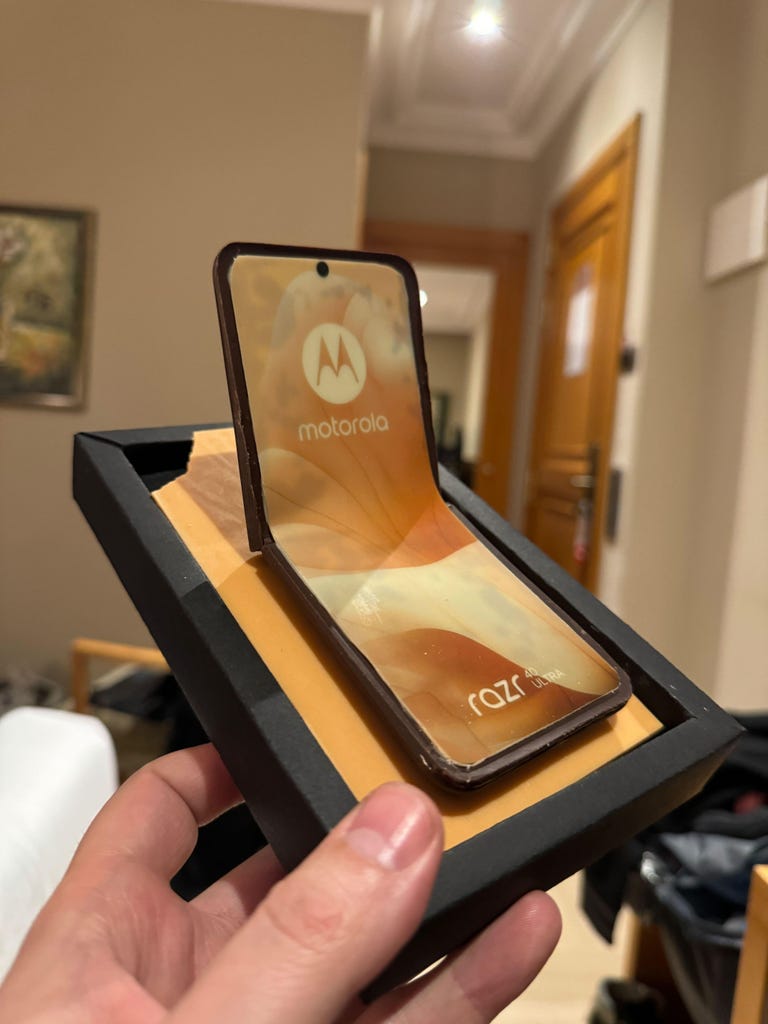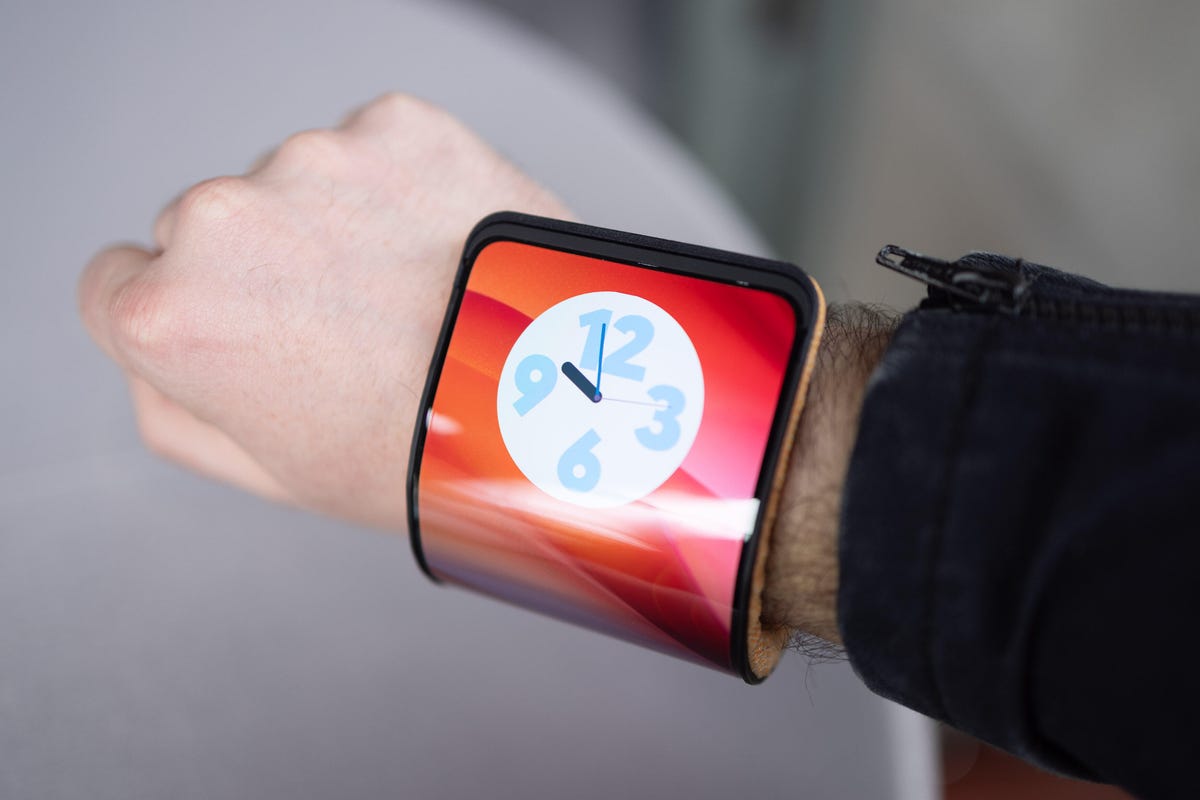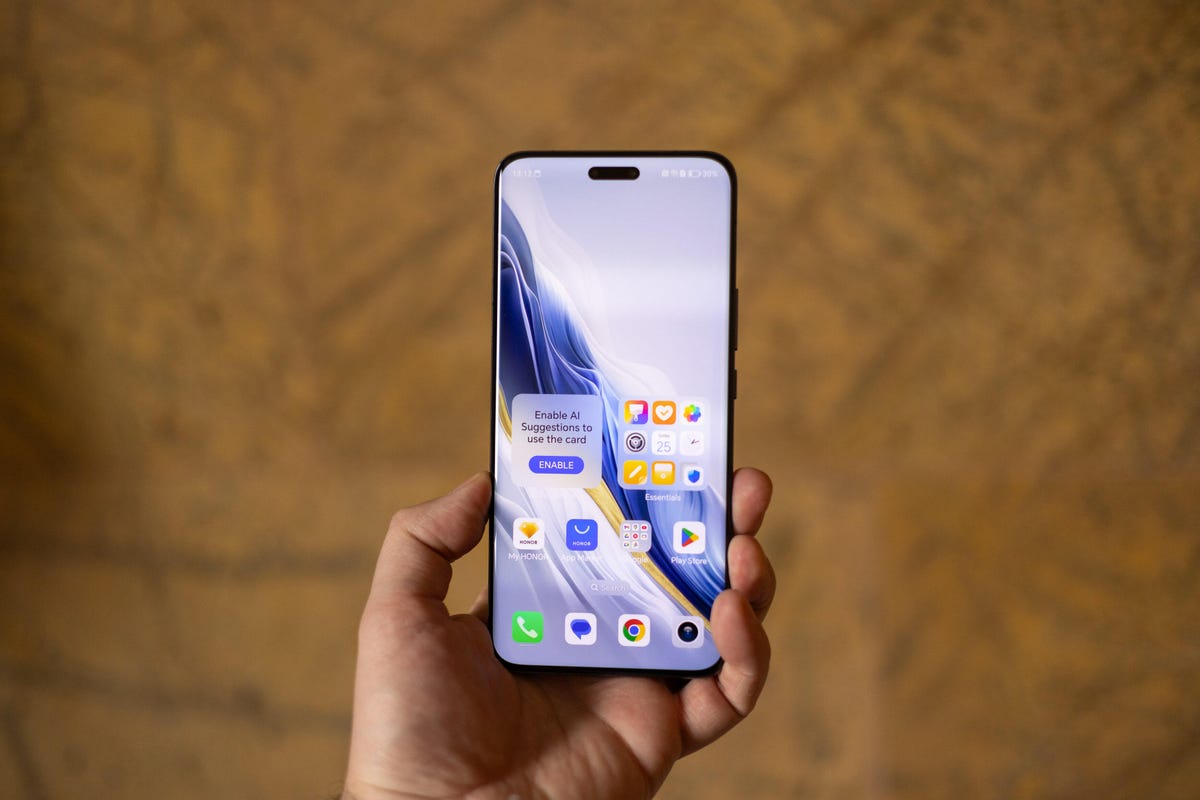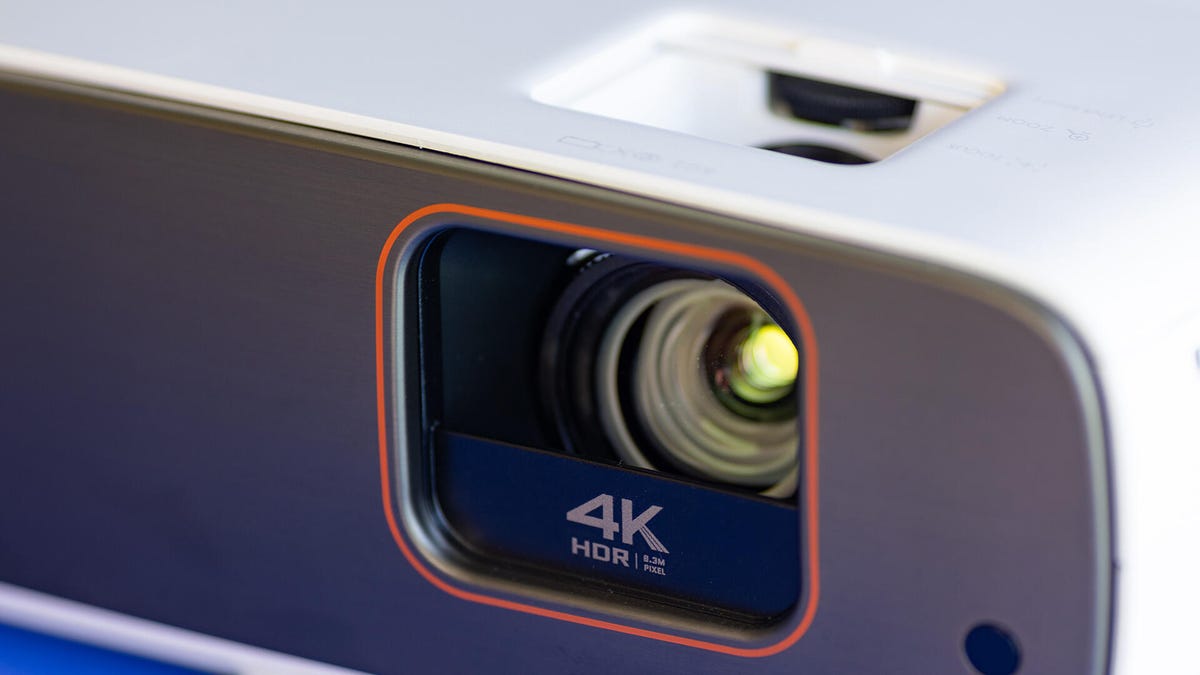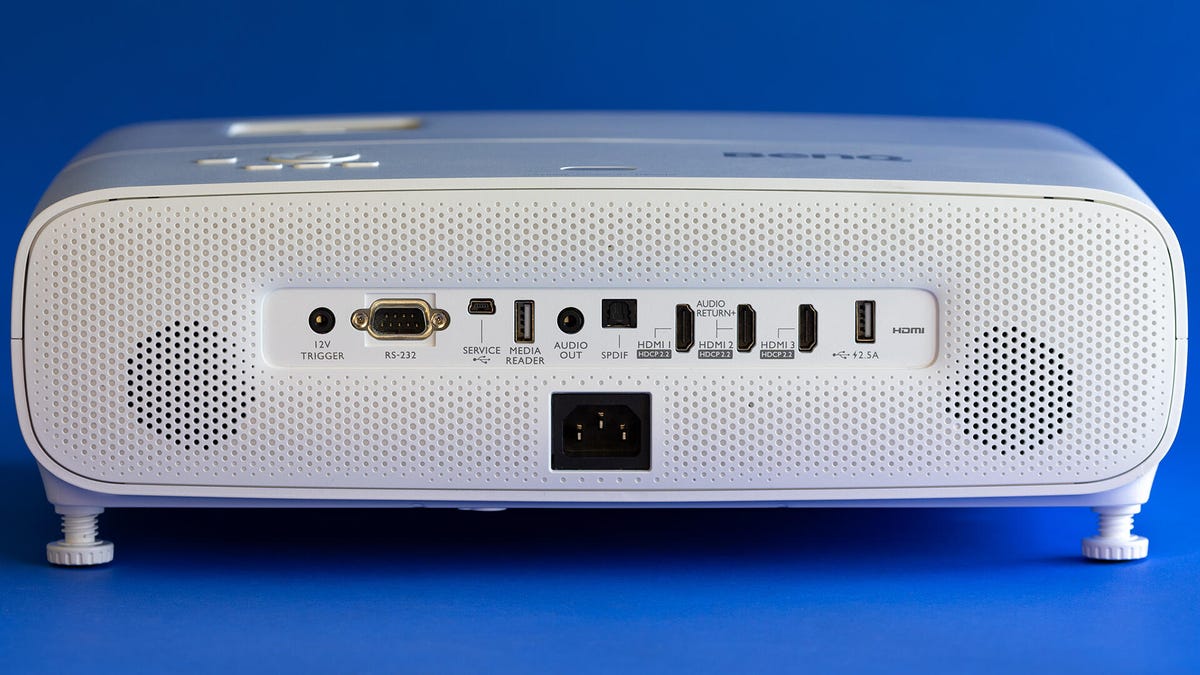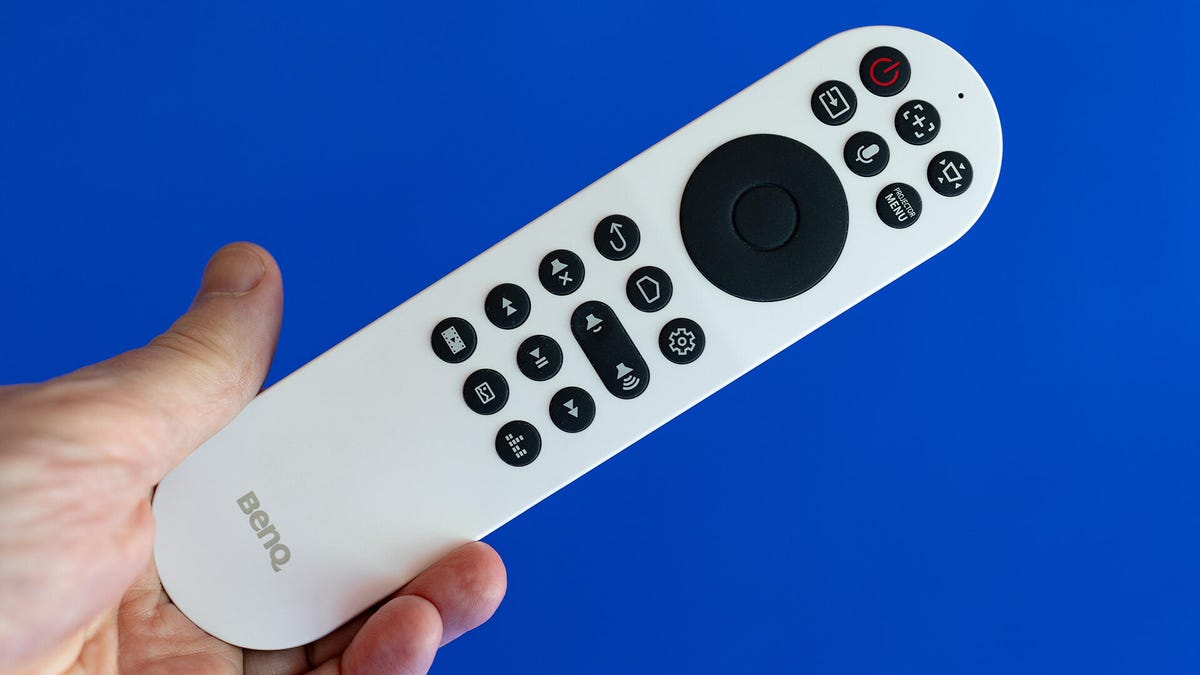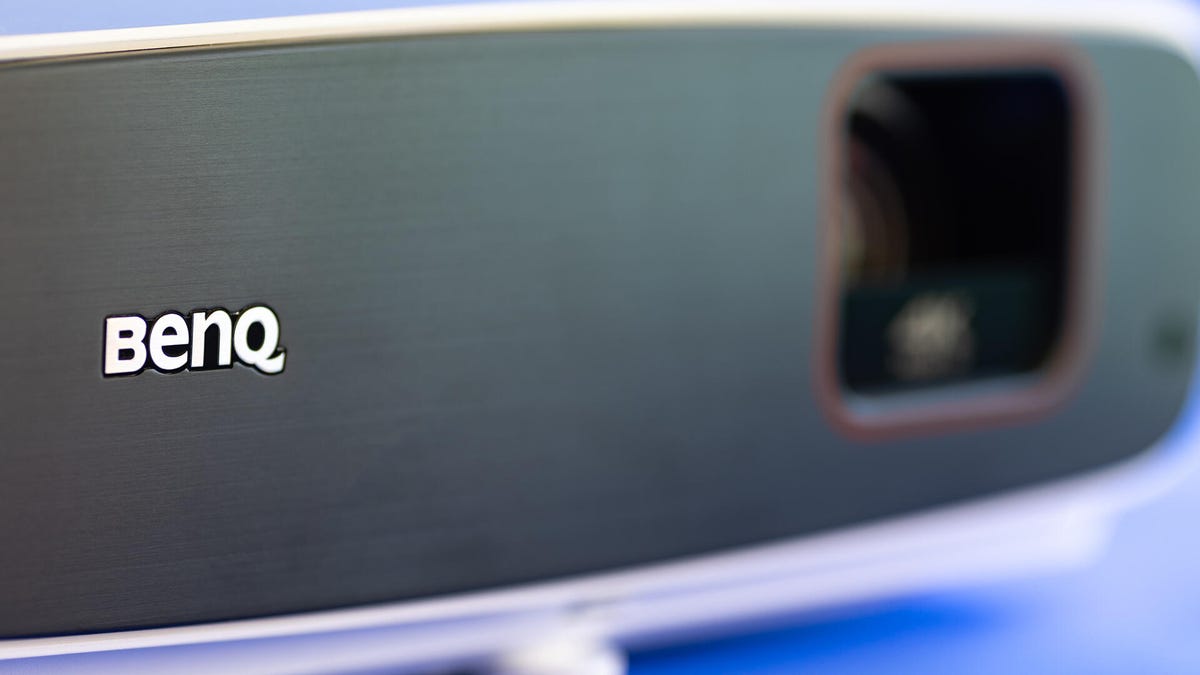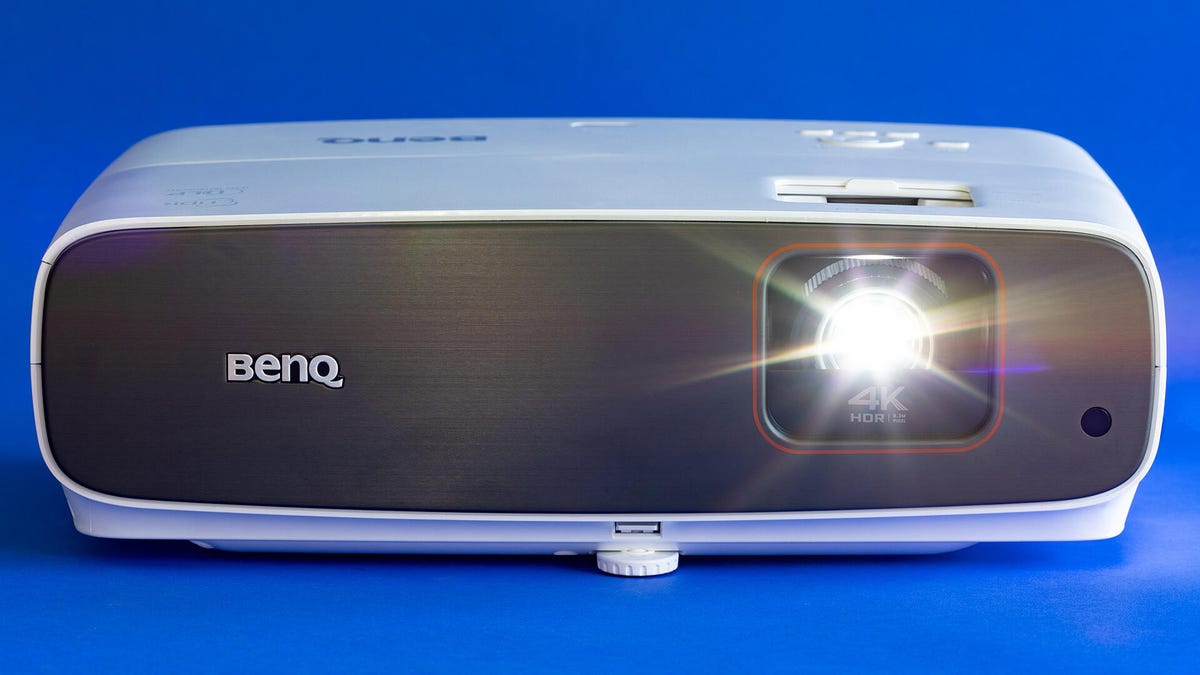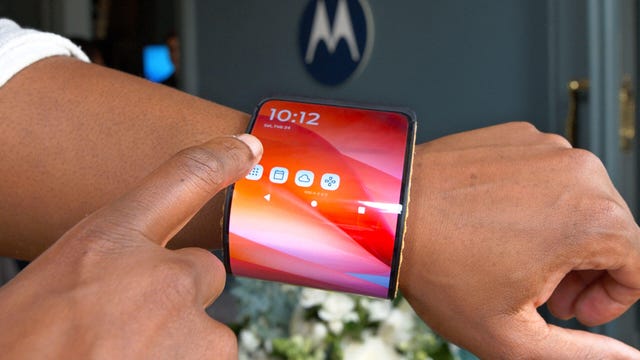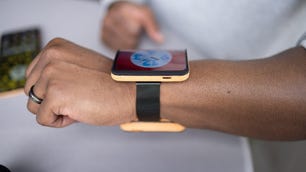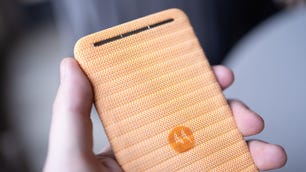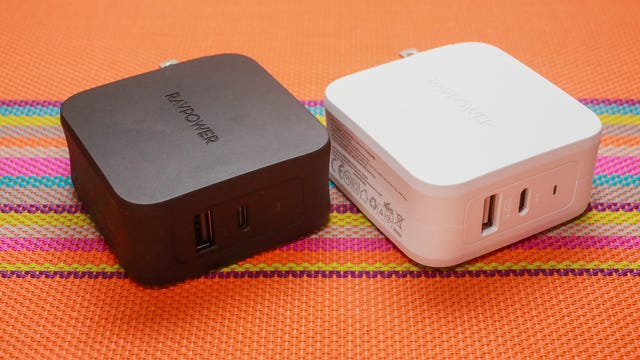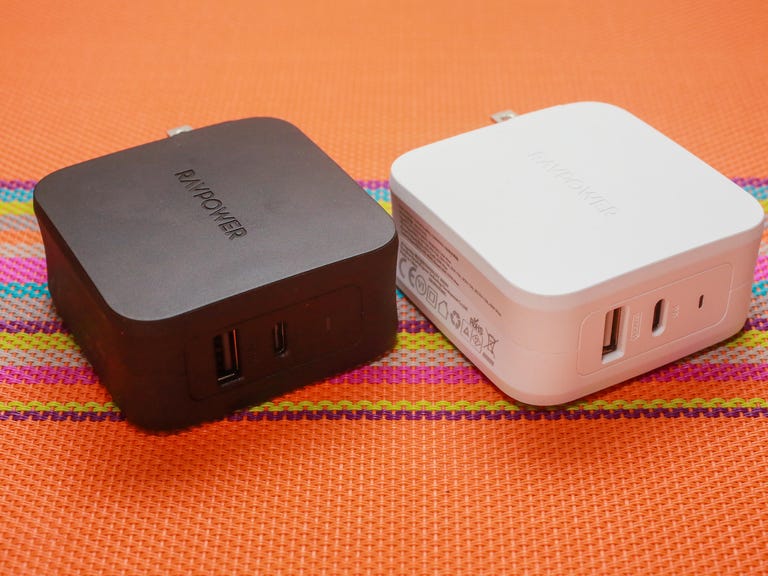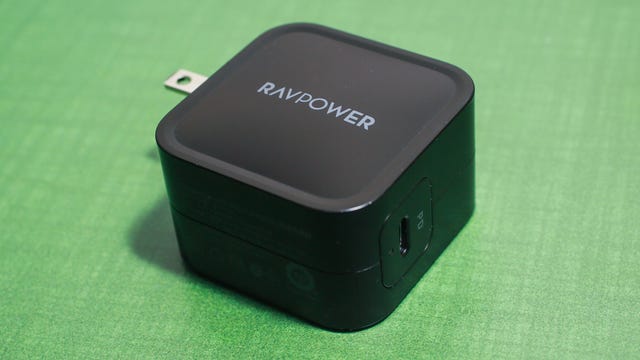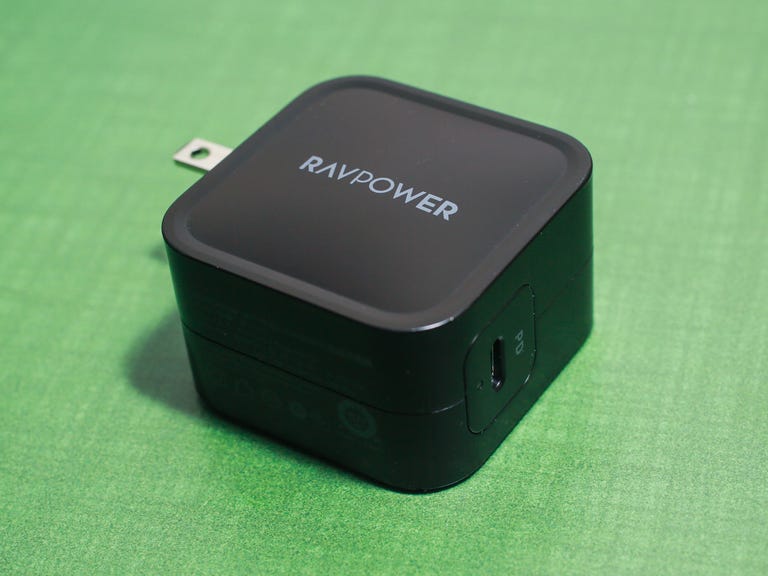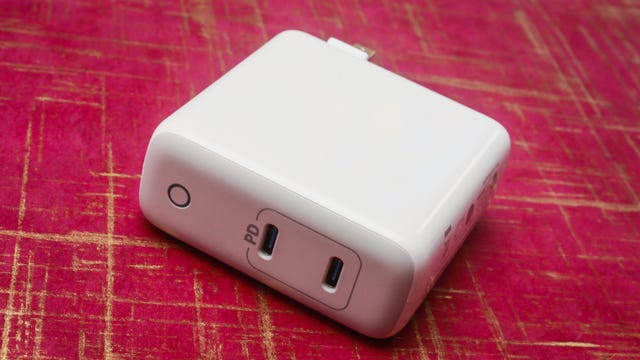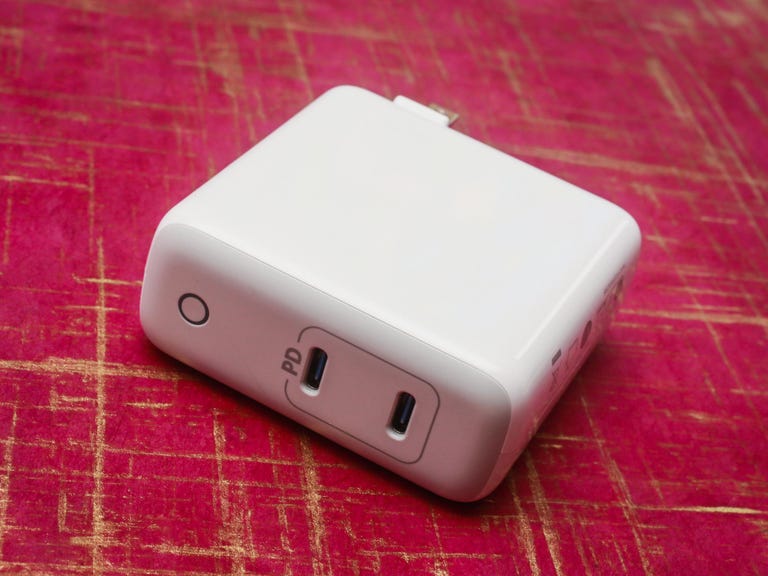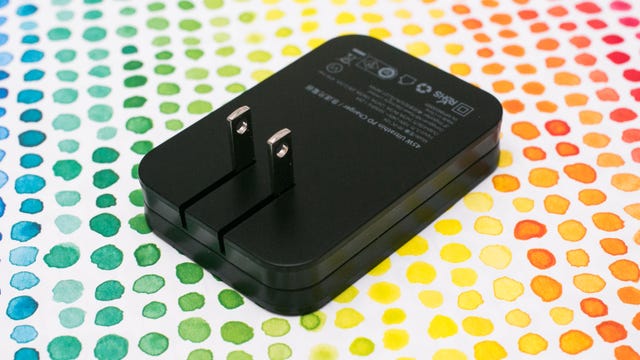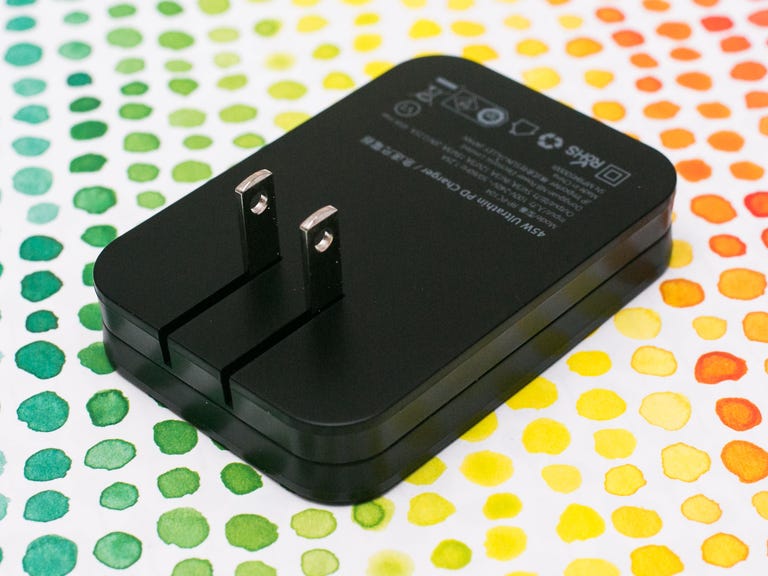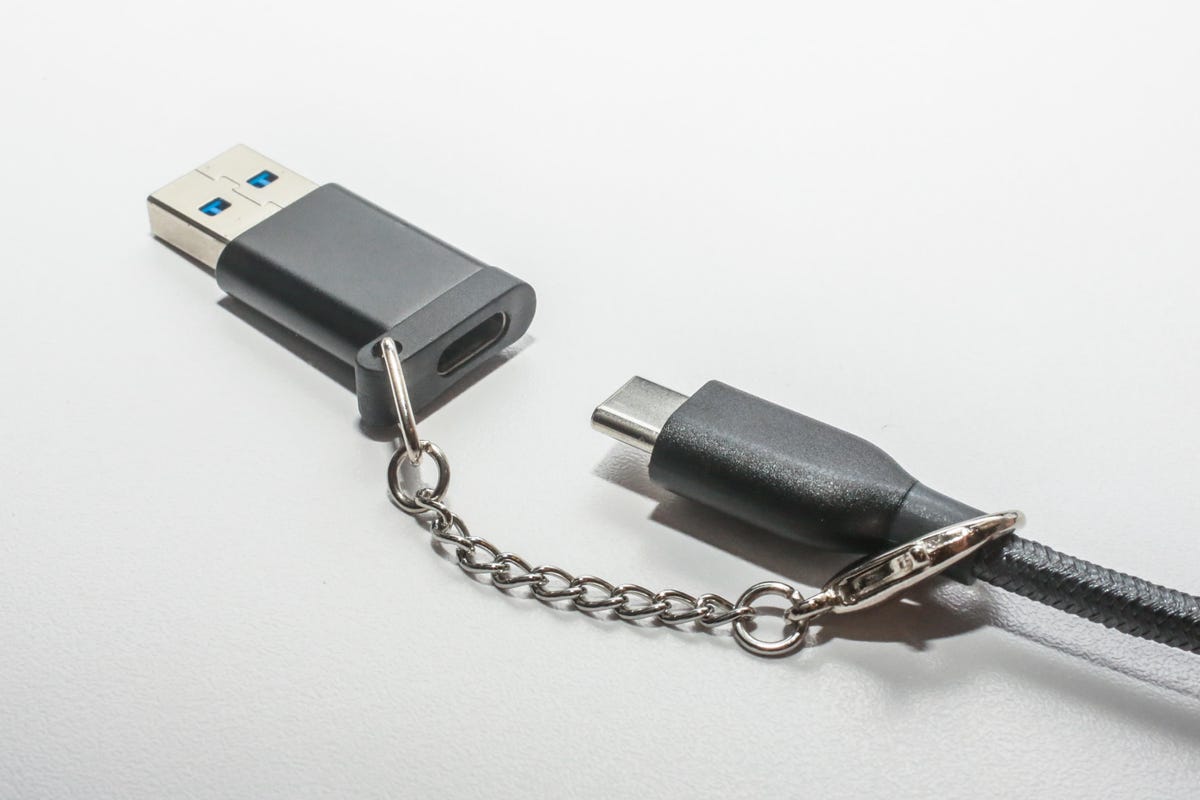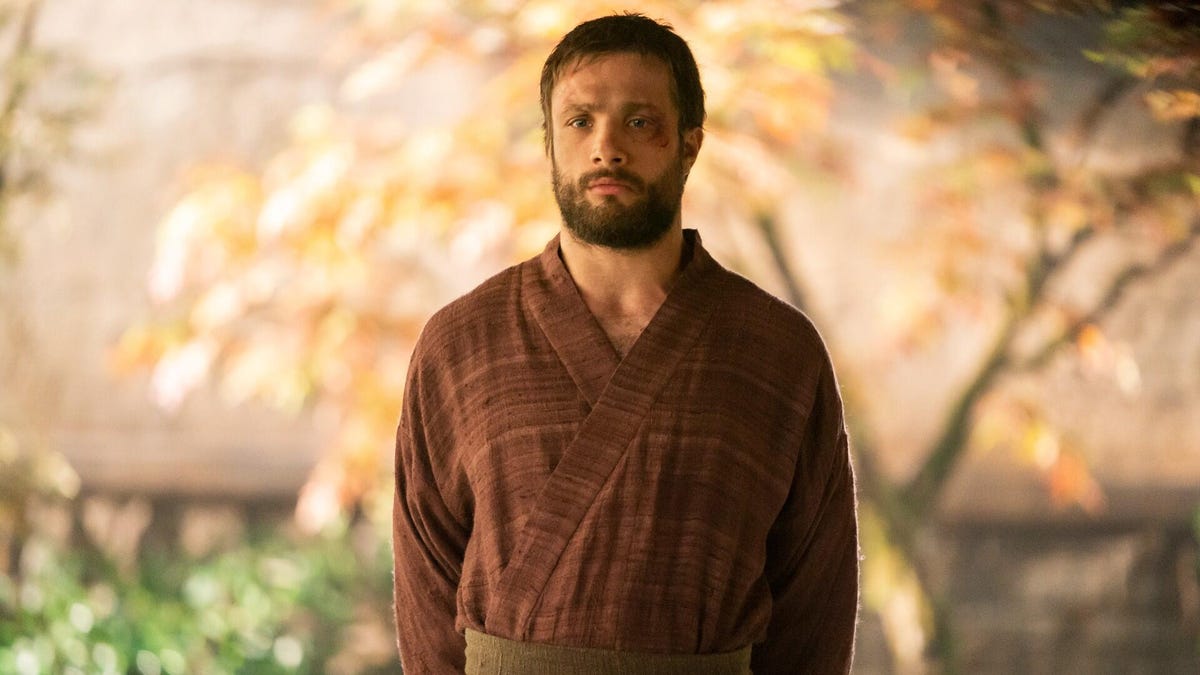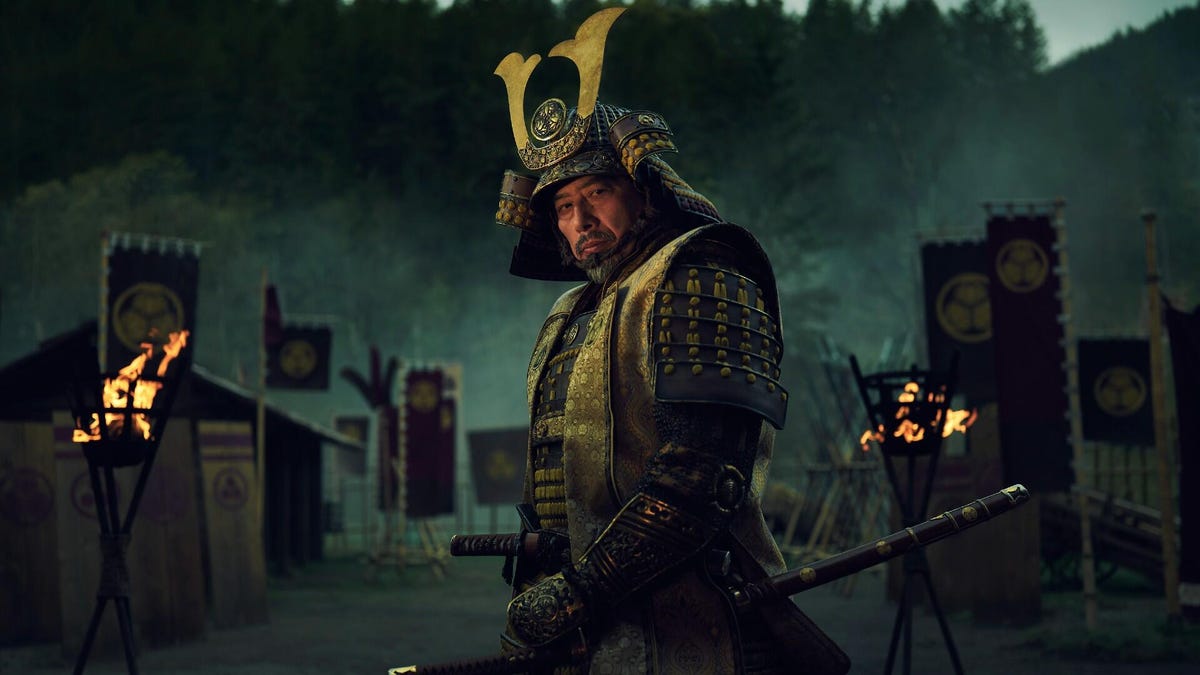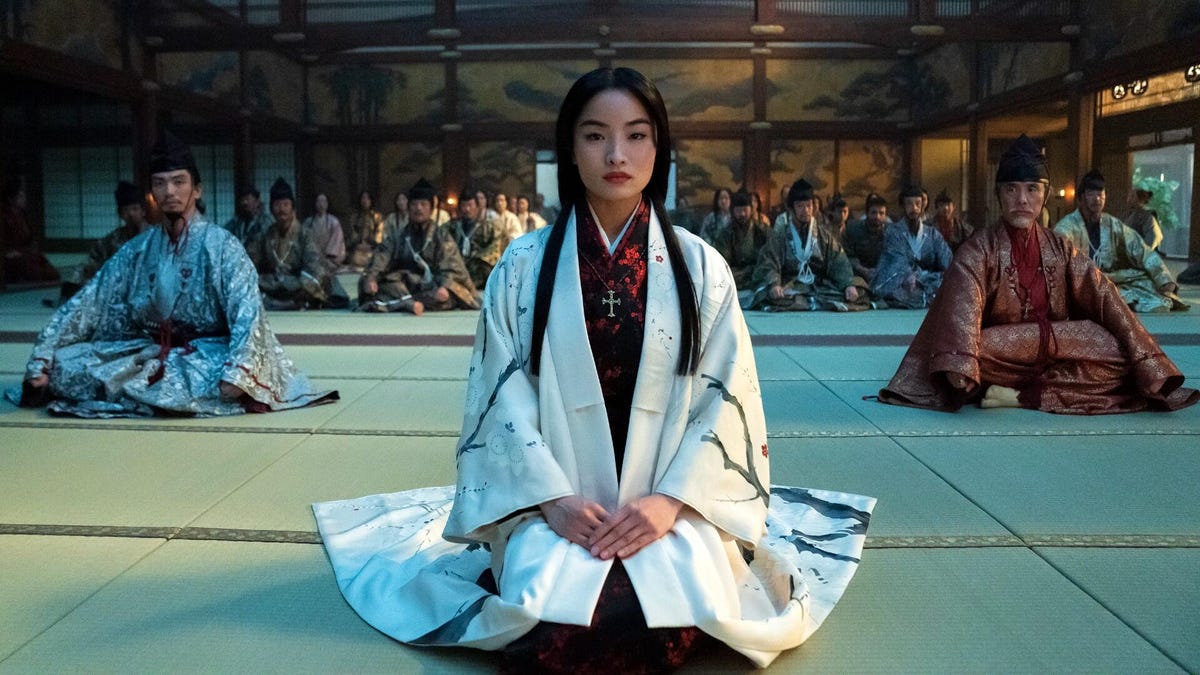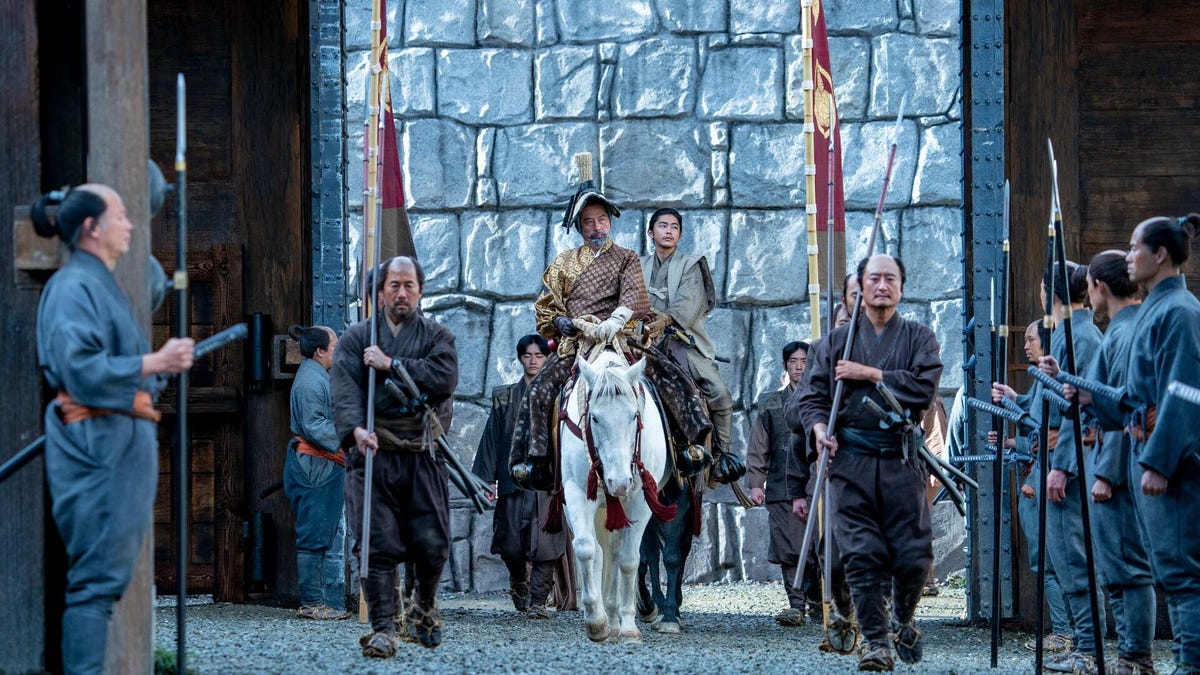One of our favorite projectors of the past year has been the BenQ HT2060. It offers excellent performance for the money, but on the downside it’s not as bright as some projectors, and it’s “only” 1080p. Enter the BenQ TK860i, which seems to be the result of someone asking “Yes, but what if more?”
The specs list certainly reads like a beefed-up version of the HT2060. It sports 3,300 claimed lumens, a nearly 50% increase from the HT2060, as well as 4K resolution. Like the HT2060, and unlike many similar projectors, the product does include a lens shift (though not a lot). The projector also has built-in streaming, which in this case is a bundled Android TV dongle.
Not surprisingly, it’s also more expensive. List price is 80% more expensive than the HT2060, at $1,800. After testing and comparing, the TK860i definitely offers enhanced detail over the HT2060, and is a great-looking projector. It’s not “80%” better, but if the extra money doesn’t hurt your wallet, this is a worthy step up.
Starting with specs
- Resolution: 3,840×2,160 pixels
- HDR-compatible: Yes
- 4K-compatible: Yes
- 3D-compatible: Yes
- Lumens spec: 3,300
- Zoom: 1.3x
- Lens shift: +10% (vertical)
- Lamp life (Normal mode): 4,000 hrs
The TK860i is a 4K, HDR-compatible projector. While no projector can fully take advantage of HDR or wide color gamut, it doesn’t have any notable issues playing back HDR content. BenQ claims a brightness of 3,300 lumens. I measured an impressive 1,942 in Bright mode, and 918 in the more accurate Cinema mode. (To put that in perspective, the brightest projector we’ve ever tested put out only slightly more lumens, at 2,098.) The contrast ratio was approximately 551:1, which is a little below average for DLP projectors, but better than LCD projectors in this price range.
While the amount of lens shift is small, only +10% vertically, that’s still more than most cheaper DLP projectors have. That, paired with a 1.3x zoom, should let the TK860i fit fairly easily in most rooms. I would have hoped for a bit more zoom and shift for the price, but that’s a big ask for this technology in this price range. If you need to mount or place the projector especially close to or far from the screen, this isn’t the projector for you.
The TK860i uses a traditional lamp, no LEDs or lasers here. In its Normal lamp mode, it’s rated to last 4,000 hours. At 4 hours of use a night, that’s about 2.5 years before you need a new $149 lamp. The ECO mode drops the brightness by about 35%, but increases lamp life to 10,000 hours. The SmartEco mode changes the lamp’s brightness depending on the brightness of the video, dimming for darker scenes, and extends lamp life to 15,000 hours, or approximately 10 years.
Inputs and dongles and ports, oh my
- HDMI inputs: 3 (1 with eARC)
- USB port: 3, +1 for service
- Audio output: Analog (3.5mm), Optical
- Internet (dongle): 802.11a/b/g/n/ac/ax 2.4GHz/5GHz
- Remotes: Backlit (1), not backlit (1)
Like many new projectors, the TK860i comes with a dongle for streaming, in this case one that uses Android TV. The dongle does not come preinstalled. Worse, you need a screwdriver to open the case to install it. That’s not a huge deal, but it’s definitely annoying. Also similar to other projectors that include dongles, there are two remotes. One is just for the projector, the other controls the streaming stick. Oddly, only the projector remote is backlit.
On the back of the projector there are a lot of inputs. I understand the need for manufacturers to include more features to justify higher prices, but I’m at a loss when someone would need three HDMI inputs on a projector. If you have that many sources you should be using a receiver or separate HDMI switcher. Don’t run three (long) HDMI cables to a projector. There are analog and digital audio outputs and both RS-232 and a 12v trigger for control. Two of the USB connections are on the back, one is inside to power the dongle.
Picture quality comparisons
I compared the TK860i to two of our favorite projectors, BenQ’s own HT2060, and the Epson HC2350. The HT2060 is much cheaper; it’s less than $1,000. I was curious to see what the extra money compared to the HT2060 would get you. Is the HT2060 great, or great for the money? The HC2350 is closer in price to the TK860i, $1,300 as of this writing, and closer to the BenQ’s claimed brightness (2,800 vs. 3,300). It’s also 4K. However, it’s LCD — and an extra $500 isn’t nothing. For some reason, the Epson doesn’t play well with others when connected to a distribution amplifier (DA), so it got its own source, while the BenQs shared a signal via the DA. I swapped source material so as not to bias the results, and viewed them all side-by-side on a 102-inch 1.0-gain screen.
Not surprisingly, there was no loser here. These are three great projectors. They each have their strengths, while the TK860i had the fewest weaknesses overall.
Color-wise, the TK860i is a little less accurate than both the HT2060 and HC2350. Those two are standouts in terms of the field, though. The colors don’t look wrong, even in the less accurate Bright mode, but both the Epson and the HT2060 just look a little more realistic. Grass is a little too green, for instance, on the TK860i. It’s better in the dimmer Cinema mode, but even still, the other two just look a little better in this regard. I wouldn’t call this a weakness per se, as the color isn’t bad, but it’s definitely the weakest aspect of the TK860i’s overall performance.
In terms of brightness, the Epson and TK860i were very close. I measured roughly 100 lumens less from the BenQ, but watching actual video the difference was negligible. Meanwhile, the HT2060 was noticeably behind here, not surprising given its 30% lower lumen claims, though in my testing I measured about 50% less. Still plenty for a 100-inch image, but the others pop a lot more.
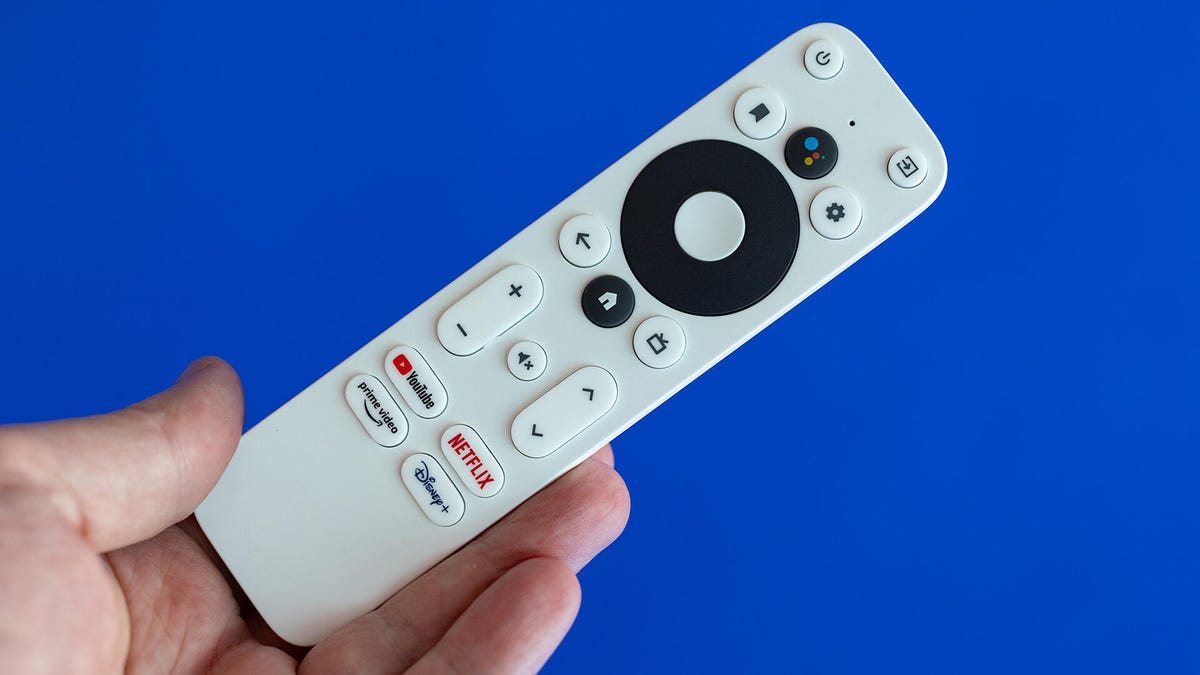
When it comes to contrast ratio, one of the most important aspects of performance, the TK860i lands mid-pack. The HT2060’s contrast ratio is roughly 2.5x the TK860i’s, an average of 1,380:1 to the TK860i’s 551:1 (for more about how we measure this, check out How We Test Projectors). The TK860i’s impressive brightness does offset this somewhat, so side-by-side, the difference is less noticeable than you might think. However, the HT2060’s blacks are much deeper. Letterbox bars on 2.35:1 movies, for instance, are far less noticeable on the HT2060. There is more apparent depth to the HT2060’s image, but the TK860i doesn’t seem washed out. The Epson comes in a distant third, at 348:1. Its letterbox bars are gray and quite noticeable. Its image does appear more washed out than the other two. While the measured difference between it and the TK860i doesn’t seem huge, it’s quite noticeable in person.
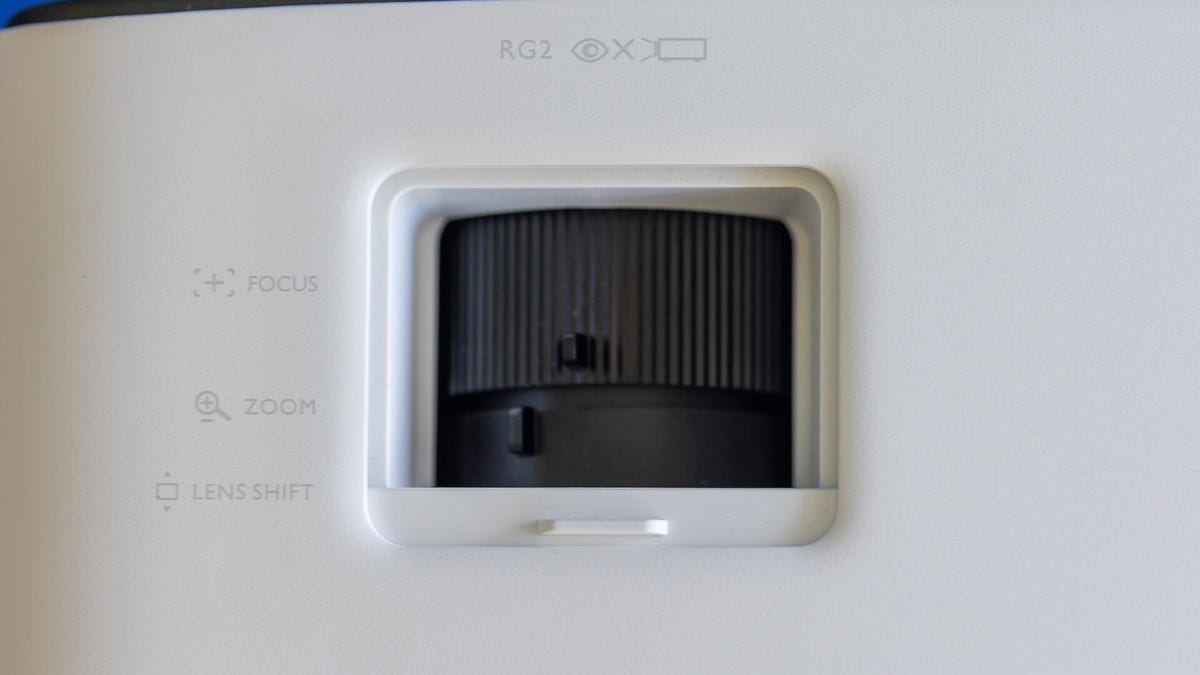
Detail is an outright win for the TK860i. Not too surprising compared to the HT2060, which is 1080p. Side-by-side this is most noticeable in things like face wrinkles, textures in fabrics, and so on. The HT2060 doesn’t look soft, but definitely soft-er. The Epson is closer to the TK860i, but still a little softer. Neither projector has 3,840×2,160 pixels on their imaging chips, but the BenQ’s DLP pixel shifting looks a little sharper. A lot has been written about 4K vs. HD, but in practice it’s not as important as it seems. Yes the extra detail is nice, but this aspect is last in importance because if the TK860i didn’t do the rest right, the extra detail wouldn’t matter.
So where does the TK860i falter? Well, not in its performance, which is great. It’s the price.
Conclusion
The TK860i is a fantastic projector. It’s bright, has a decent contrast ratio, and sharp detail. Its color reproduction isn’t amazing, but it’s at least average for bright projectors. The question is the price. We’ve long held that $1,000 is the sweet spot for home theater projectors, offering the best combination of performance and price. Sure, you can spend more, but there’s diminishing returns as you spend more. As good as the TK860i is, it maintains that theory. Is it a better performer than the HT2060? Yes. It is a step up in detail, with a slight hit on contrast ratio that’s at least partially offset by the far greater brightness. Is it better than the HC2350? Also yes, but the resolution is closer, as is the brightness. The TK860i’s contrast ratio is much better, though. If you were considering the Epson at that price, the step up to the TK860i is even easier.
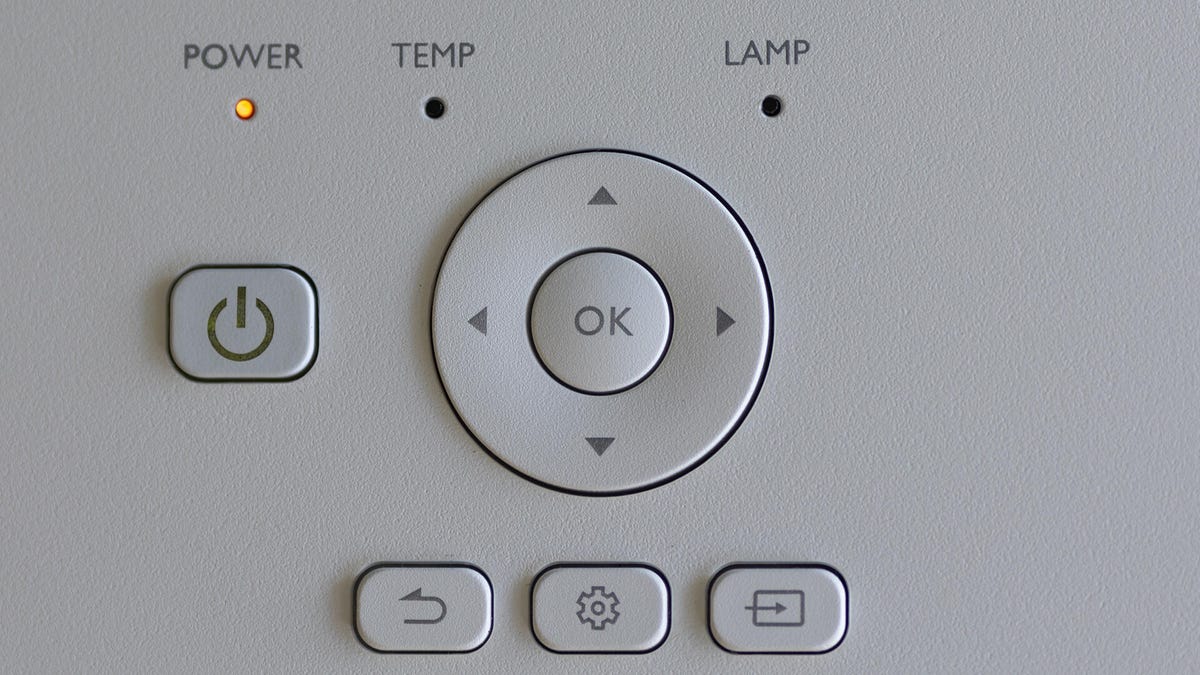
If you were to draw a line between the HT2060 at $1,000 and Epson’s LS11000 at $4,000, there isn’t linear performance improvement to go with the increase in price. The LS11000 isn’t four times better. The TK860i isn’t 80% better than the HT2060, nor is it 45% of the performance of the LS11000. Which is to say, if you’re willing to pay for incremental improvements, there are definitely improvements. If you want (or need) to save money, you don’t need to spend more.
As of this writing, the TK860i is $1,600, which makes this math a little easier. If that’s not a lot of money for you, the choice is easy: the TK860i creates a beautiful image. If that extra $600, or $800 at its MSRP, is a lot, the cheaper HT2060 is a fantastic projector.
